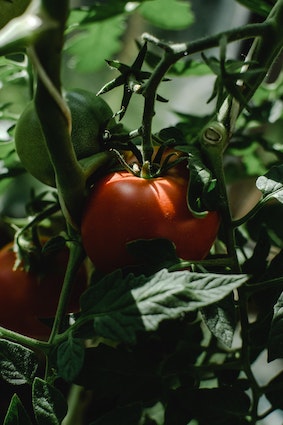Fruit cages play a crucial role in gardening, especially when growing berries and other fruits. They protect the fruit from birds and pests while still allowing sunlight and rain to nourish the plants. This guide explores the different types of fruit cages, their benefits, construction, and care.
Introduction to Fruit Cages
Definition
Fruit cages are structures built around or over fruit-bearing plants to protect them from various threats such as birds, insects, and weather.
Purpose
The primary aim of a fruit cage is to shield the fruits from damage while still allowing them to grow in a healthy, natural environment.
Types of Fruit Cages
Traditional Wooden Cages
These are typically made of wood and wire, offering a natural appearance.
Aluminum and Steel Cages
Built with metal, these cages are more durable and resistant to weather conditions.
Pop-up and Netted Cages
Ideal for seasonal use, these cages are easy to install and remove.
Benefits of Using Fruit Cages
Protection from Birds and Pests
Prevents birds, rodents, and insects from reaching and damaging the fruit.
Controlled Growth Environment
Allows growers to control the surrounding environment more effectively.
Aesthetic Appeal
Enhances the garden’s appearance with well-designed structures.
Construction and Installation
Materials Needed
A list of materials required for building a fruit cage, such as wood, wire, screws, etc.
Step-by-step Guide
A detailed process on constructing and installing the cage.
Hiring Professionals
When to consider hiring professionals for installation and what to look for.
Maintenance and Care
Regular Inspection
Checking for wear, tear, and damage to ensure the cage’s integrity.
Cleaning and Repairs
Tips on cleaning and repairing the cage to extend its lifespan.
Seasonal Considerations
Understanding when to install or remove cages based on the growing season.
